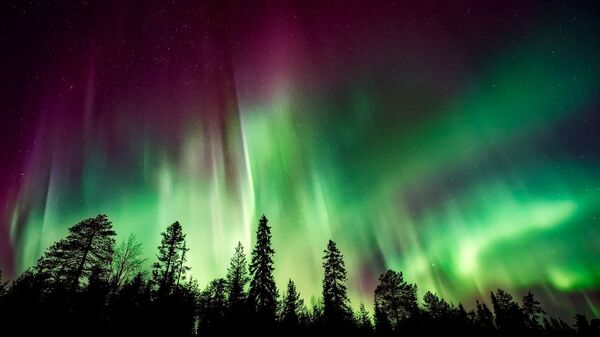A Finnish tourism endeavour, Visit Arctic Europe, has launched a campaign to name Finland’s northern lights, the bombastic displays of light and colour often seen at night in the High North.
According to the organisers, naming solar storms would help photographers, tourists and aficionados share images under a common name.
The debut was baptised Harri, after Oulu-based photographer Harri Tarvainen.
“Everyone instagramming Northern Lights can now search by name to see how the phenomenon appeared during different times of the day across Finland,” Tarvainen explained to national broadcaster Yle.
So far, the campaign has drawn over 700 name suggestions. While the original idea was to have celestial phenomenons named after characters from Scandinavia's mythology and pantheon, the list of suggestions included names of children and even pets.
“Our plan is to consider the justifications behind the name suggestions before making any decisions. Of course, we also want to make sure the names make sense from a global perspective,” Visit Arctic Europe project director Rauno Posio told Yle.
However, the scientific community has meanwhile been sceptical about the name campaign. As Jyrki Manninen of Oulu University’s Sodankylä geophysical observatory explained, the project is neither linked to science nor has any agreement with the international scientific community behind it, although there has been a discussion about it.
As opposed to the land storms and hurricanes, where precise procedures and fixed name lists are in place, no concrete criteria has been set for the northern lights. Other weather phenomena in Finland usually draw their names from the Finnish name day calendar. For the northern lights, anyone can log on to the Naming Auroras website to throw in a name idea.
Northern lights or auroras are the result of disturbances in the magnetosphere caused by solar wind seen as light of varying colour and complexity. They are usually seen at high latitudes.
According to the Finnish Meteorological Institute, the probability of witnessing auroras during a dark and cloudless night varies between 75 percent in the north of the country to once in a month in the capital area and the rest of the south.


